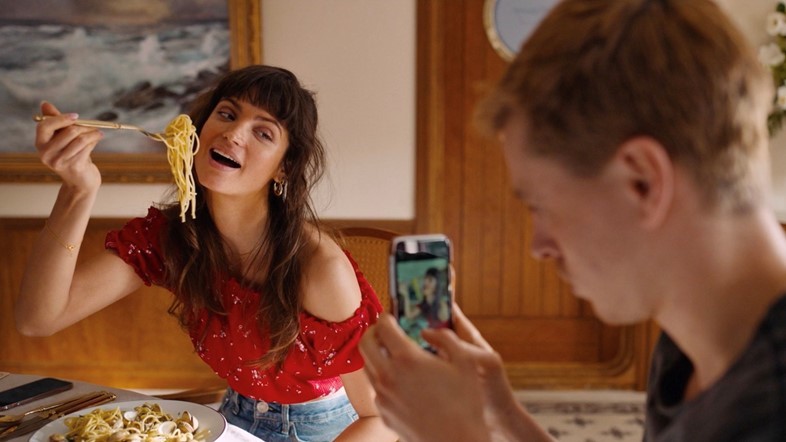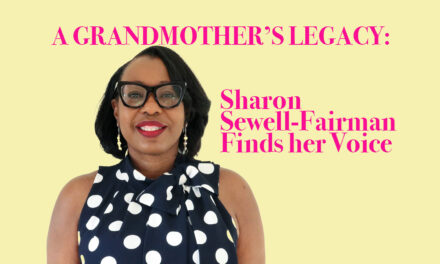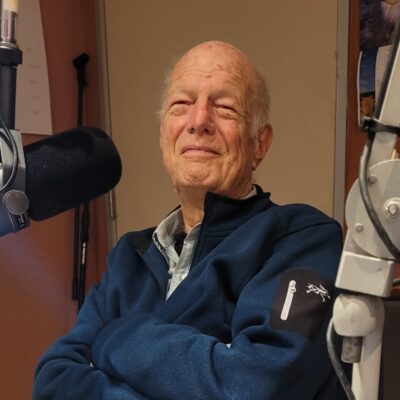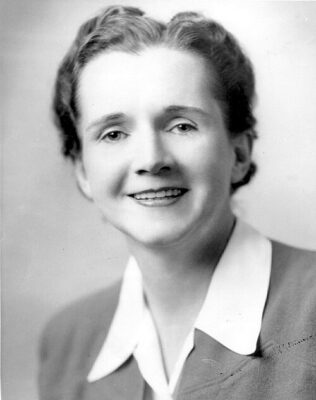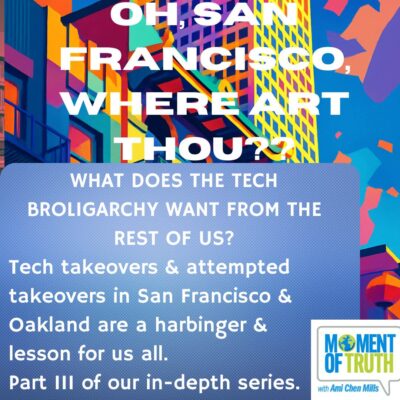
A group of self-indulgent one-percenters gets their comeuppance in Triangle of Sadness, the schadenfreude comedy written and directed by Swedish filmmaker Ruben Östlund. Ever since his 2014 international breakout film, Force Majeure, Östlund has been operating at peak artistic powers. With Triangle of Sadness, he earned his second Palme d’Or at the prestigious Cannes film festival, giving the same prize he won for his previous film, The Square, virtually no time to gather dust. Beyond the titular polygon, Triangle of Sadness has a lot in common with its predecessor. The Square juxtaposed the artificial bourgeoisie value system of modern art with the real-life issues confronting a museum curator and the poor malcontents living under the shadow of his snobbish reality. Triangle of Sadness expands on Östlunds critique of classism with the same edgy, sharp-witted humor derived from amusingly awkward social encounters. But instead of modern art, he sets his sights on an easier target: The obscenely rich.
The story begins in yet another domain defined by the elite – that of high fashion. Carl, a hunky male model played by Harris Dickinson, is participating in a photo shoot. The photographer asks him to relax his furrowed brow because it creates lines above the bridge of his nose that forms an unattractive “triangle of sadness.” Carl’s gorgeous significant other, Yaya, played by Charlbi Dean, works in the ultimate of contrived professions; analogous to an arbiter of art in The Square, Yaya is a social media influencer and gets paid for being the arbiter of lifestyle choices.
Yaya and Carl’s lavish lifestyles are established at a restaurant so exclusive, prices aren’t printed on the menu. After a protracted prelude involving an argument over whom, as a matter of principle, should pay the bill, Yaya and Carl take a vacation aboard a two hundred and fifty million dollar super yacht. There we meet characters with equally dubious sources of wealth. The yacht’s head of staff instructs her employees to bend over backwards to accommodate their passengers and “never say no.” If a guest has a craving for hazelnut cocoa spread, no problem – a case of it will be airdropped by helicopter. Unintended consequences resulting from the crew’s unquestioning servitude ensue. Oblique commentary is provided by a drunken capitalism vs. socialism debate between a Russian oligarch, portrayed by Zlatko Buric, and the ship’s captain, played by Woody Harrelson in a memorable, albeit relatively brief, performance.
The Square might have more angles working for it, but the Triangle of Sadness is more ambitious; there’s a riotous set piece involving a banquet, seasickness, and projectile vomit, and the final act turns into a survival story after Carl and Yaya end up in a predicament where money has zero redeemable value. Predicated by the upending of the social order by the one person who has the required skills to provide food, the surprising turn of events in Triangle of Sadness leads to an inevitable conclusion; power is the ultimate form of currency, and even the lowliest of dictators will do whatever it takes to hang onto it.
For KSQD’s Film Gang, this is Paul Kanieski

